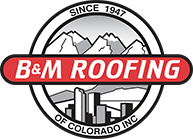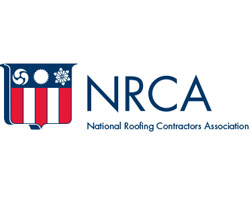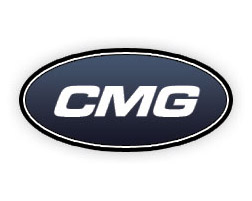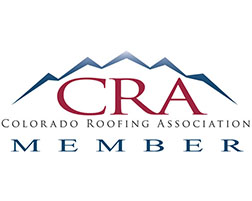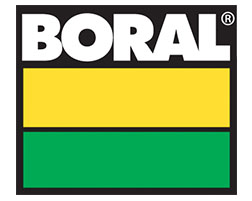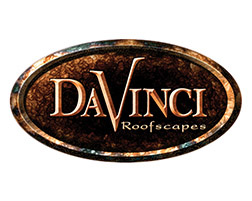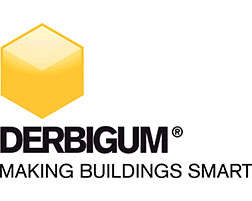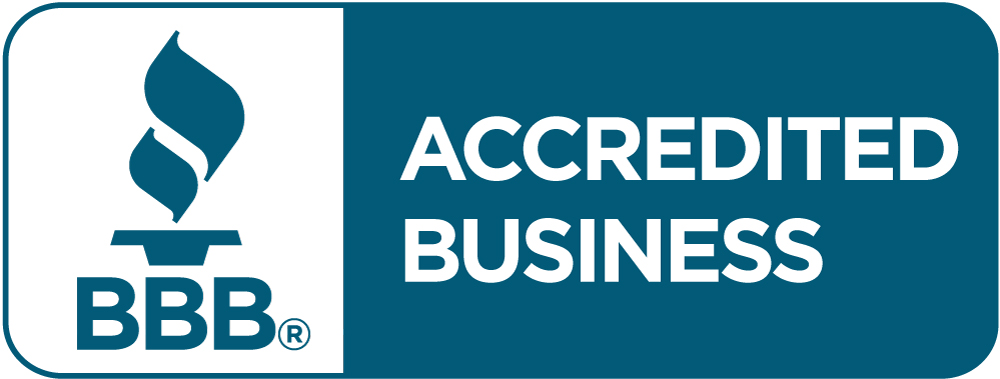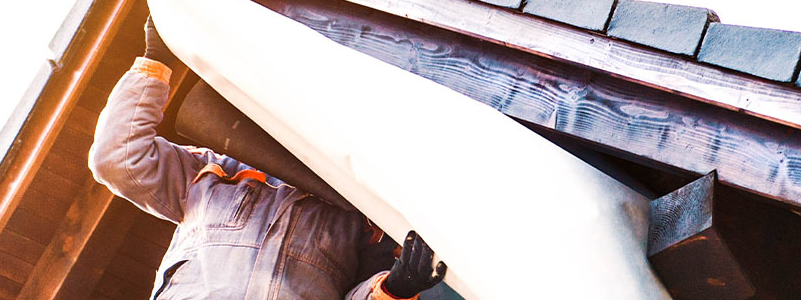
Winterizing Your Roof
Fall is here, which means plenty of leaves to clean up, sprinklers to shut off/blow out, and tons of other chores to do around the yard and home. This time of year is also a great time to repair or replace your roof. If you don’t need any repairs or a roof replacement, then winterizing your roof is the next fall task you should have completed before the weather really starts to turn against your favor.
With the first freeze of the year usually happening in fall, it’s a good time to start thinking about how to best prepare for the winter. Just as you would ‘winterize’ things like pipes, boats, tires, pools, and lawns, we recommend you include your roof on that list, as well. Taking some preventative and proactive measures now to protect your roof can save you a good chunk of change in the future.
It’s important to note that this checklist could probably also be used in the springtime, to prepare for the warmer months, as well. The benefit of doing that is that you’ll keep your home safe from the harsh, outside elements year-round. Weatherizing your roof will also keep your home insulated, thus lowering your energy costs.
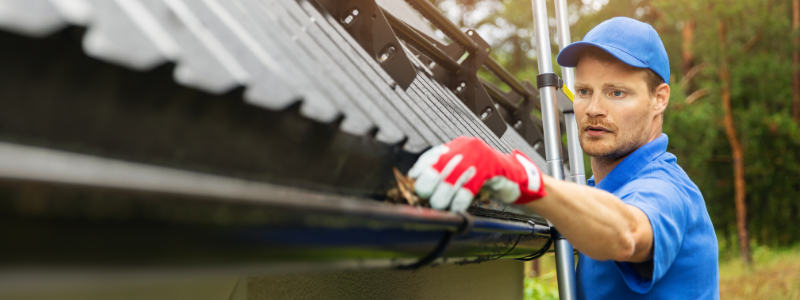
Winterizing Your Roof Checklist
While it’s best to have a professional roofer come inspect your home and do any necessary repairs, there are just some things you can do as a homeowner to prepare yourself and your home for the cold, harsh weather that approaches.
We’ve developed a checklist that you can follow to start winterizing your roof today:
☐Look for damage
Simply inspect your roof for warping, missing shingles, and debris. Look for damage to your gutters, flashing, and any vents or skylights. Finding any damage in these areas means you could have damage to your shingles, too. Catching problems early on can save you time and money in the future.
☐Clean and test your gutters and downspouts
Without the proper drainage system, your roof can collapse or suffer from extensive water damage. Make sure to inspect your gutters and downspouts thoroughly for holes and cracks and remove any debris. After you’re done removing debris, run some water through the gutters to ensure they’re draining properly.
☐Trim your tree branches
Falling tree limbs are a major threat to your roof during the winter. With heavy wind and snow, trees and limbs can easily break off and damage other things around them. If you have any trees around your home, inspect for branches that are hanging over or touching your roof. Trim these branches before winter sets in to save your roof from being damaged by falling limbs.
☐Insulate & ventilate your attic
Insulating and ventilating your attic is a key step to protecting your roof during the winter. As little as one to two inches of snow can create ice dams, which can damage the foundation of your roof. Install insulation on the plywood or drywall of your attic. Make sure to seal any areas where heat can escape. Proper ventilation will also help prevent snow from refreezing and causing moisture damage.
☐Inspect caulking & flashing
Check for wrinkled and cracked caulking and replace it if necessary. If the area is a safe place to do repairs, simply reapply the caulk (waterproof caulking, used for bathrooms is perfectly fine). Secure any loose flashing and replace any that are damaged. Pay close attention to areas around the chimney, vents, and other protruding additions to the roof.
☐Clean your chimney
Because your chimney will be getting some extra use during the colder months, it’s important to inspect and clean your chimney annually. Regular cleanings can prevent fires and protect your roof from damage. There may also be critters living in your chimney, which can spell disaster for your roof.
☐Invest in snow guards
Installing snow guards this winter will protect your gutters, vents, cars, and family from roof avalanches. Snow guards catch heavy snow before it falls from your roof. They allow it to melt before it falls to the ground. Investing in snow guards is inexpensive and will prevent damage to the areas on and below your roof.
☐Be aware of pests
Pests can cause a tremendous amount of damage to your roof. Keep an eye out for squirrels, birds, mice, and other animals who may seek shelter on your roof during the colder months. Hire a pest control to get rid of them as soon as possible. Different types of critters can manipulate the roof to accommodate their needs, but not yours. You may see signs of eaten shingles, bitten off to create space for their homes, or holes around flashing, etc.
☐Cover mechanical equipment
Any mechanical equipment on your roof like plumbing vents or swamp coolers should be covered to prevent water damage. Just like your grill or air conditioner needs to be covered, any mechanical equipment on your roof will need the same type of care. This will ensure that it performs at optimal efficiency and isn’t compromised by the harsh weather and elements.
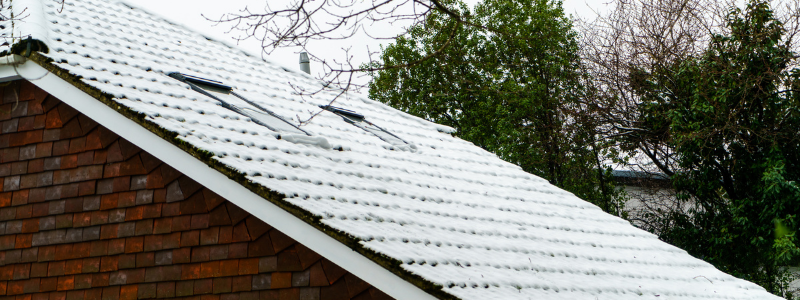
No, winterizing your roof may not be the most exciting part of the fall season, but it can save you time and money in the future. We promise it’s more fun than having to repair damages inside the home or replace your entire roof. It may seem like a large chore, but following this checklist will actually go pretty quickly, and save you more time and money in the future.
By following this checklist and taking simple, precautionary measures, you can protect your roof from the damages of wind, snow, and ice this winter.
If any problems arise from inspecting and winterizing your roof on your own, B&M Roofing experts are ready and happy to assist. Our roofing experts work hard in not simply dealing with roof problems, but helping find the cause of all damage-related issues and repairing them. Whether it’s a simple repair or total roof replacement, our proactive and detailed response to roof damage issues will restore your home as well as your faith in roofing contractors.
